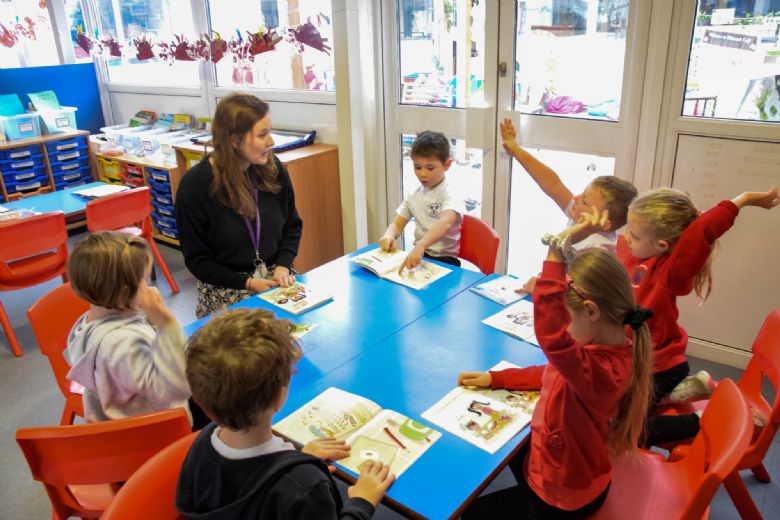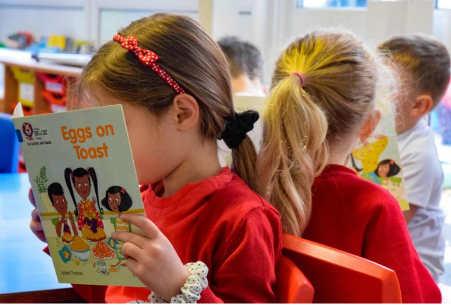Developing Fluency and Guided Reading
So it is with children who learn to read fluently and well: They begin to take flight into whole new worlds as effortlessly as young birds take to the sky.
William James
Developing Fluency
Reading fluency is described by Such (2021) as ‘a pre-requisite for the comprehension that is the purpose of all reading’. At The Whiteoak Academies, we recognise that reading fluently involves accuracy, automaticity and prosody. Such describes these as:
Accuracy – being able to decode where errors are very rare or entirely absent.
Automaticity – being able to read quickly, with relative ease. A reading rate of 110 word count per minute is likely to be required for prosody while less than 90 wcpm makes it close to impossible for meaning to be processed.
Prosody – the ability to read in a way that mirrors the sound of natural spoken language. This includes intonation, stress and rhythm.
In order to become fluent readers, we understand that our children must have lots of decoding practice. This is achieved by:
- Allocating all children reading books which are pitched appropriately to match their phonic knowledge until they are fluent readers. Pupils are not asked to read books that require them to guess words or deduce meaning from pictures, grammar or context clues.
- Giving our pupils the opportunity to read their reading books regularly in school (1:1 with an adult as often as is possible).
- In Reception and KS1, children have small group guided reading sessions weekly.
- Pupils in Reception and Year 1 currently take home two decodable books a week (with phonic games and a picture book to share in Reception). Pupils are expected to read each decodable book at least 3 times to develop fluency and prosody.
- At Key Stage 2, pupils are given opportunities to develop reading fluency as part of ‘The Teaching of Reading’ whole class sessions.

Guided Reading in Reception and Key Stage 1
From Reception through to Year 2, every child takes part in a Guided Reading session once per week.
These sessions are focused opportunities for pupils to practise their decoding skills and read with increasing fluency. Children are grouped in order for the books to be pitched at an instructional level.
Each session follows this structure:
Book introduction
Scaffolding and strategy check
Independent read
Return to text
Respond to text









